Redesigning Packaging for a Sustainable Future
Press release from the issuing company
Packaging has evolved into one of the foundational building blocks of the modern economy. From the cardboard boxes that protect electronics during shipping to the plastic wrappers that keep food fresh, packaging is everywhere. However, with this omnipresence comes immense responsibility. As companies seek to balance consumer convenience with environmental stewardship, the question of how to reduce the ecological footprint of packaging without sacrificing functionality has become more urgent than ever.
At the heart of this dilemma is the challenge of balancing consumer demands for sustainability with the practicalities of packaging design. This complex issue was front and centre at last year’s Packaging Innovations event, where industry leaders came together to address the future of sustainable packaging. On the Supply Chain stage, three influential figures led a thought-provoking conversation: Helen McFarlane, Sustainability Consultant at McDonald’s; Nikki Grainge, Packaging Development Manager at Waitrose; and Martin Kersh, Executive Director of the Foodservice Packaging Association. Together, they tackled one of the biggest questions facing the packaging industry: how to innovate without compromising on either sustainability or the customer experience.
The Consumer's Voice: Driving Change in Packaging
Consumers have become more conscious of the environmental impact of their choices, and companies are feeling the pressure to meet rising expectations. Martin Kersh kicked off the discussion by asking McFarlane and Grainge about what they’re hearing from their customers regarding environmental concerns.
Helen McFarlane was clear: "Our customers are definitely more aware, and climate change and the environment are at the top of their minds." She explained that for McDonald's, packaging is often seen by consumers as a direct reflection of the company’s environmental efforts. “Obviously, there’s a lot more we’re doing behind the scenes, but our packaging and waste relates directly to our impact on the environment in the eyes of our customers.”
Customers expect McDonald's to make the right packaging decisions on their behalf, seeking out materials that are recyclable, compostable, or sourced sustainably. “They want to feel good about continuing to come to our restaurants and being loyal fans of the brand,” McFarlane explained.
At Waitrose, the pressure is just as intense. Nikki Grainge acknowledged the heavy expectations placed on the supermarket chain. “Our customers trust us to do the right thing, but it’s not always clear what that is,” she said. “Part of our remit is to educate consumers and make it as easy as possible for them.” She echoed McFarlane’s point about the importance of sourcing certified materials but emphasised that the process doesn’t end there. Packaging must also be simple to dispose of in a way that aligns with customers’ growing environmental consciousness.
Plastic vs. Cardboard: The Carbon Cost Conundrum
A recurring theme in the conversation was the ongoing debate between plastic and alternative materials like cardboard. Many customers equate sustainability with reducing plastic use, but as Grainge pointed out, the reality is more nuanced. “We hear a lot from consumers that there’s too much plastic and not enough cardboard,” she said. “But that comes with its own balancing act when you weigh up the carbon cost of one against the other.”
Plastic has long been vilified in public discourse and calls to eliminate it from packaging are getting louder. But, McDonald’s and Waitrose both argue that plastic, when used responsibly, still has a critical role to play in packaging. Grainge explained that for Waitrose, “Plastic should be used in the right place, at the right time. The most important thing is that packaging is fit for purpose and not detrimental to food quality or taste.”
McFarlane agreed, citing McDonald’s experience with paper straws. “When we introduced paper straws, we were early adopters,” she recalled. “But they weren’t fit for purpose when we first launched them. We’ve had to continuously improve them and we’re now on version six.” The lesson here is clear: sustainability innovations must be carefully balanced against functionality, or they risk alienating consumers who depend on convenience and product reliability.
The Refill and Reuse Revolution: A Complex Journey
One of the hottest topics in packaging today is the growing focus on refill and reuse systems. With increasing pressure to move away from single-use packaging, many companies are exploring reusable options as part of their sustainability goals. In 2019, Waitrose made headlines when it opened its first Unpacked store, offering loose products and refillable containers for items like pasta, grains, and detergent. The initiative attracted worldwide attention, but Grainge admitted that changing consumer habits has been slower than expected.
“Five years later, habits haven’t shifted as quickly as we’d hoped,” she said. “The ritual of remembering to bring your bag for life, for example, has taken a long time to embed, so it’s understandable that consumers can’t always remember to bring multiple containers with them.”
Despite these challenges, Waitrose is committed to the journey. “We’re still learning and evolving our approach to reuse systems,” Grainge said, noting that convenience is key. For reusable packaging systems to succeed on a larger scale, they must be easy and practical for consumers to adopt.
McDonald’s has also been navigating this territory, particularly in countries like France, where legislation mandates the use of reusable packaging for in-store dining. While the shift to reusables has been a significant operational challenge, McFarlane pointed out that it’s not a simple solution. “Every piece of reusable packaging should be used between 50 and 100 times to balance out the extra resources used in production,” she explained. “At the moment, we’re getting roughly seven to ten uses in our French stores because customers are taking the packaging away.”
In some cases, McDonald’s reusable packaging has even ended up being sold on online marketplaces like eBay. “It’s all so new and exciting for customers that they’re taking it with them,” McFarlane said, highlighting the unpredictable nature of consumer behavior in the face of innovation.
Balancing Convenience with Sustainability
Perhaps the most difficult aspect of the packaging sustainability conversation is the balancing act between convenience and environmental responsibility. Packaging, after all, is designed to make life easier for consumers. As Kersh pointed out, fast food packaging—such as McDonald's iconic burger box and fries container—is specifically engineered to deliver hot, fresh food. If reducing packaging compromises the quality of the food, will consumers really be willing to make that trade-off?
McFarlane acknowledged the difficulty of this balancing act, especially in the growing area of food delivery. “Home delivery has risen since COVID, and we’re constantly working to find a balance between delivering hot, fresh food in tamper-proof packaging, while minimising the amount of packaging needed to do that.” It’s a problem that McDonald’s continues to work on with its suppliers and packaging experts.
Grainge also highlighted the importance of convenience for Waitrose customers, especially in the context of refill systems. “We need to make it easier for consumers. Convenience is at the heart of driving behaviour change, and while habits take time to shift, we’re committed to helping them along that journey.”
The Future of Packaging: Recycle, Reuse, Innovate
As the panel discussion at Packaging Innovations wound down, it became clear that while the road to sustainable packaging is full of challenges, it is also ripe with opportunities for innovation. For companies like McDonald’s and Waitrose, the goal is not just to reduce plastic or switch to biodegradable materials. Instead, it’s about finding the right packaging solutions for the right products, while continuing to reduce waste, enhance recyclability, and improve overall sustainability.
As Grainge noted, “Single-use doesn’t have to mean single-use material. If we can ensure that packaging materials are recyclable and reused within a circular system, we can make meaningful strides in reducing the environmental impact of packaging.”
McFarlane agreed, but she emphasised that packaging solutions cannot be one-size-fits-all. “There is no silver bullet when it comes to sustainable packaging,” she said. “It’s about finding the right material for the right product and ensuring that the entire lifecycle of that material—whether it's plastic, paper, or something else—supports a more sustainable future.”
For the packaging industry, the journey is far from over. As consumer expectations continue to evolve and legislation pushes companies toward greener solutions, the future of packaging will be shaped by a delicate balance of innovation, sustainability, and convenience. What’s certain is that companies must continue to listen to their customers, adapt to new challenges, and, most importantly, keep pushing the boundaries of what packaging can achieve.
In the words of Martin Kersh, “It’s a journey that we’re all on, and we’ll continue to keep learning. But until it becomes commonplace, it’s difficult to say that reuse, or any one solution, is the answer. It’s going to be one of a number of answers.”
For more insightful, agenda-setting discussions like this, be sure to register your attendance at Packaging Innovations & Empack 2025. Join industry leaders, discover cutting-edge technologies, and explore over 460 suppliers showcasing the latest in sustainable and interactive packaging trends. Don’t miss your chance to be part of the future of packaging—sign up today and take your place at the forefront of this evolving industry!
- Questions to ask about inkjet for corrugated packaging
- Can Chinese OEMs challenge Western manufacturers?
- The #1 Question When Selling Inkjet
- Integrator perspective on Konica Minolta printheads
- Surfing the Waves of Inkjet
- Kyocera Nixka talks inkjet integration trends
- B2B Customer Tours
- Keeping Inkjet Tickled Pink
© 2024 WhatTheyThink. All Rights Reserved.

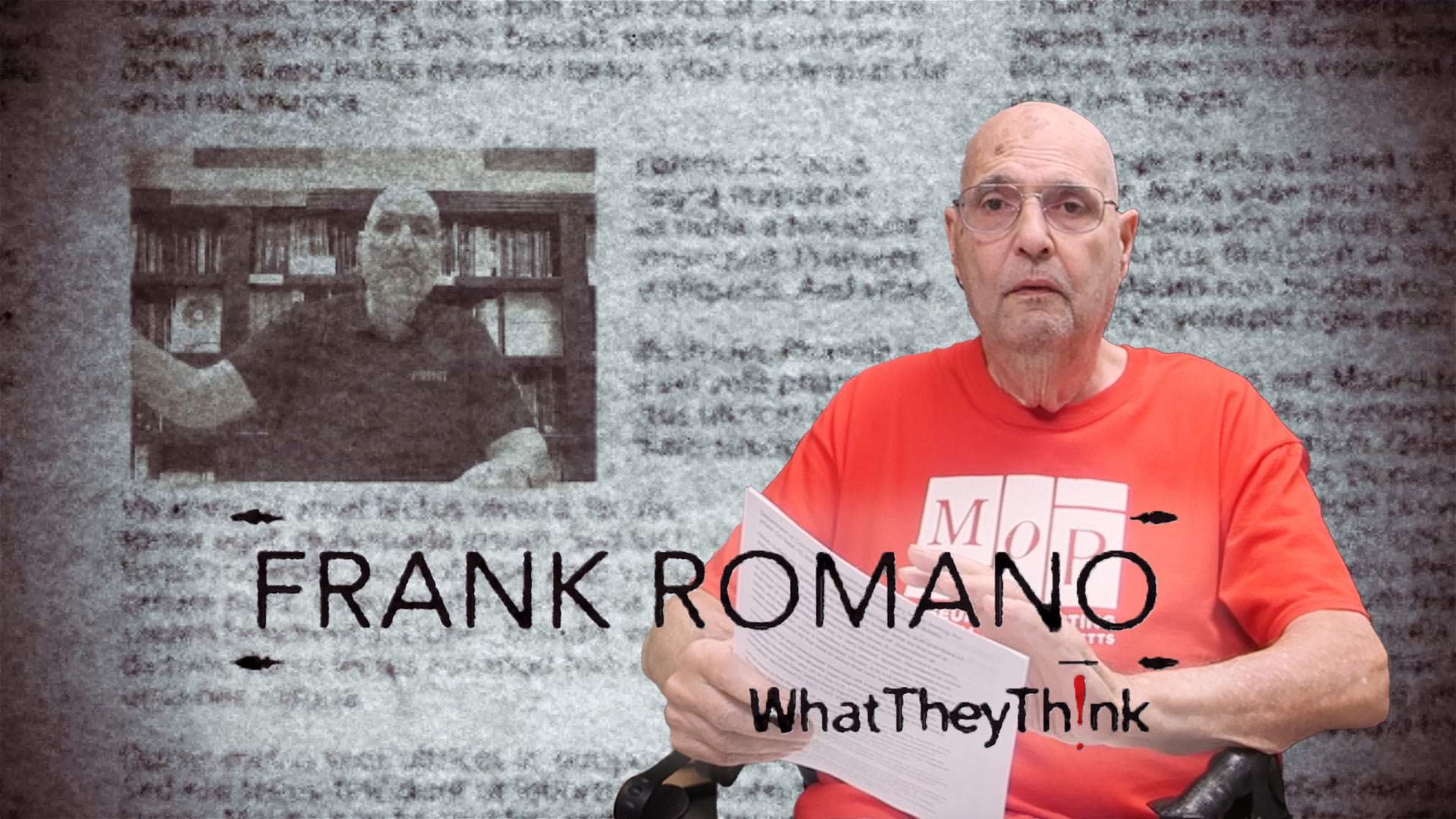
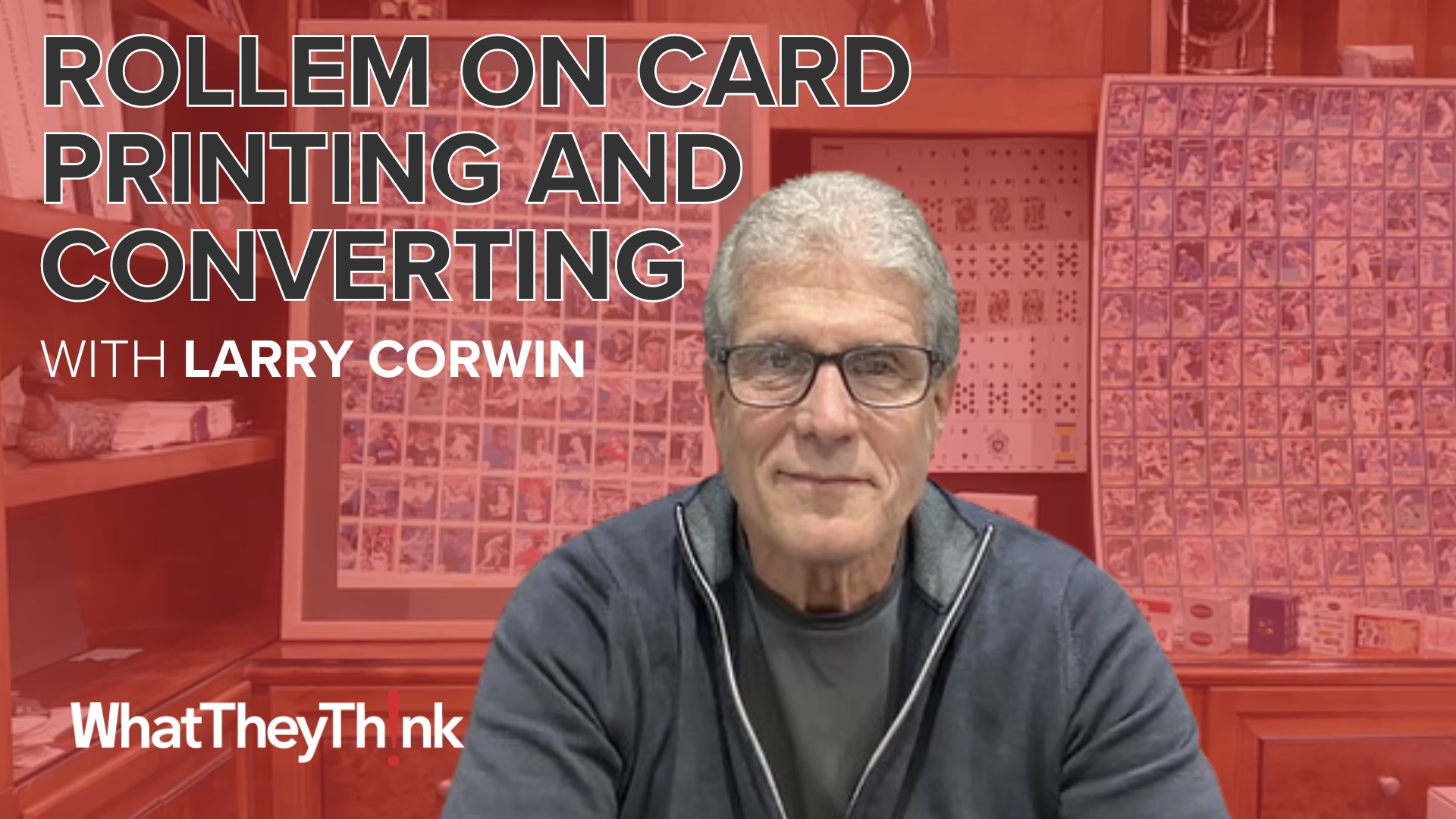

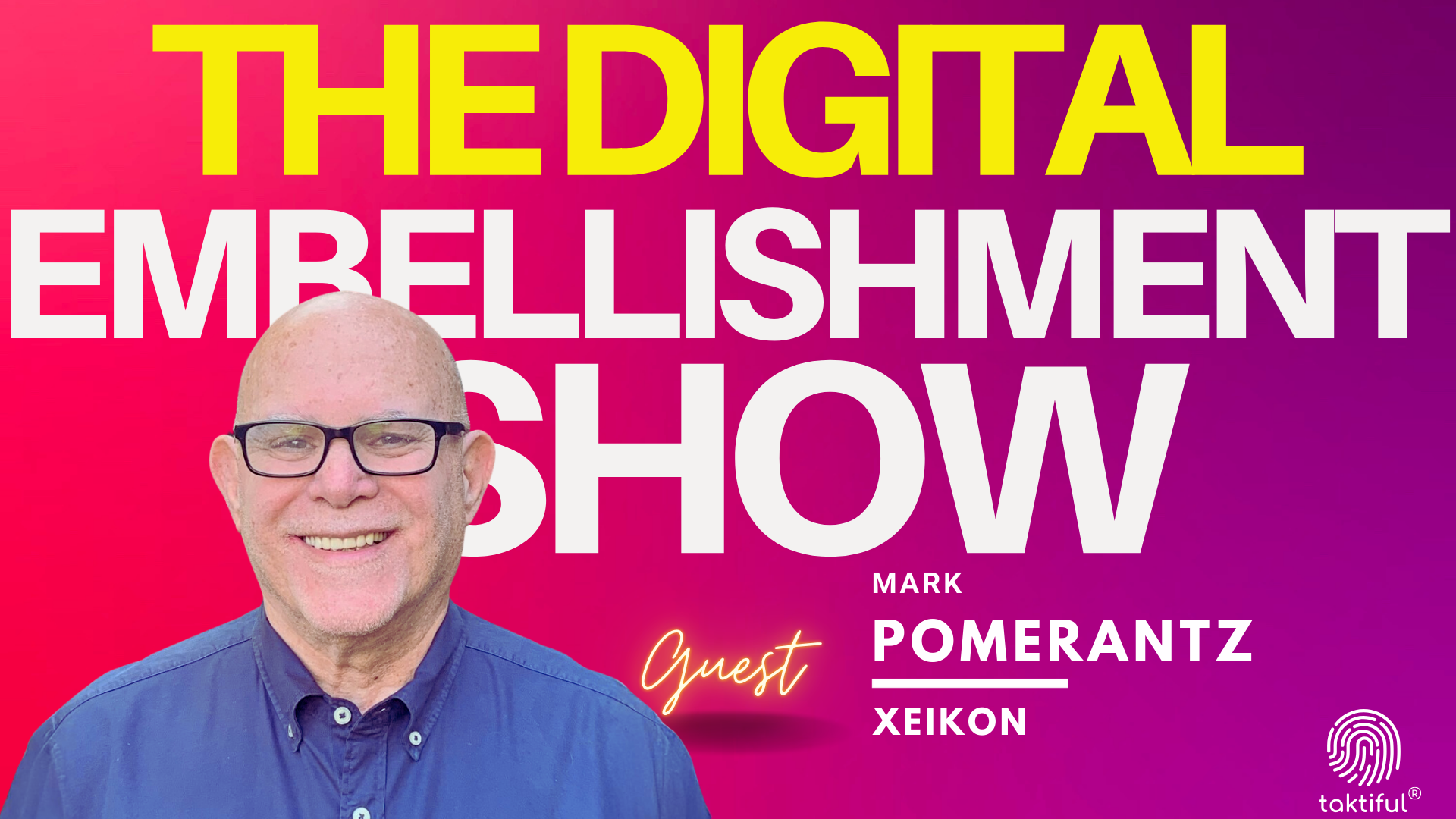


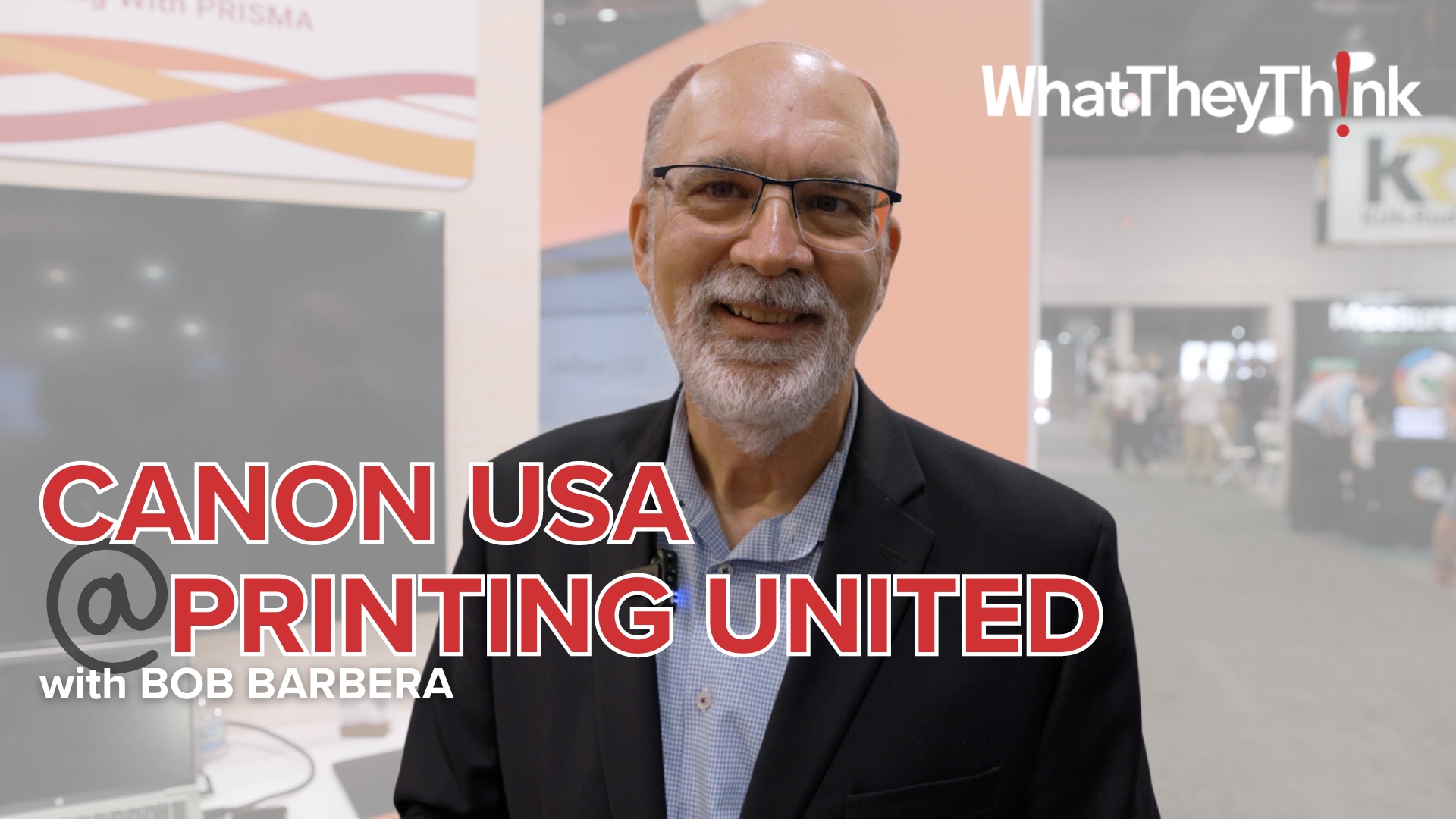
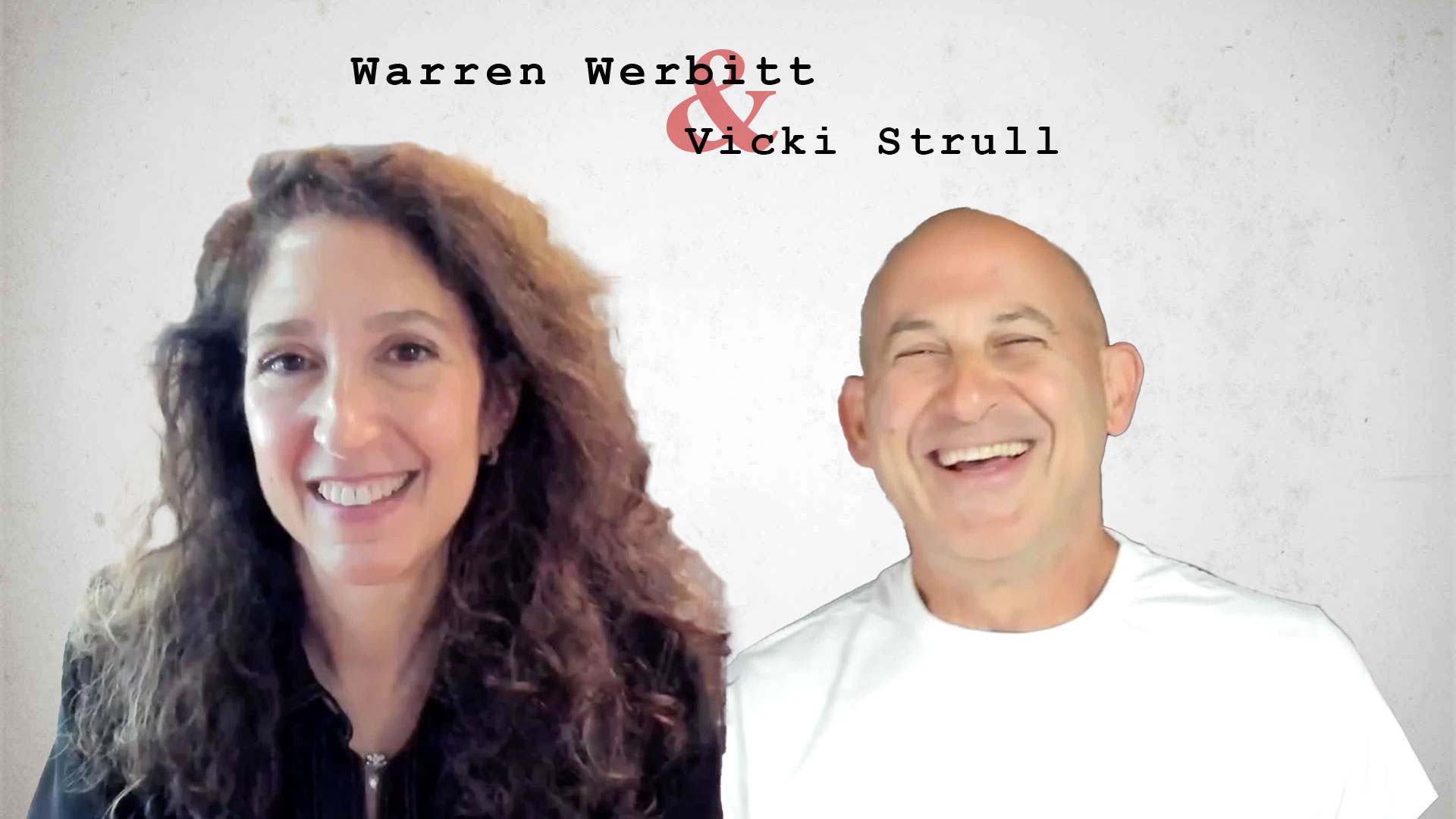
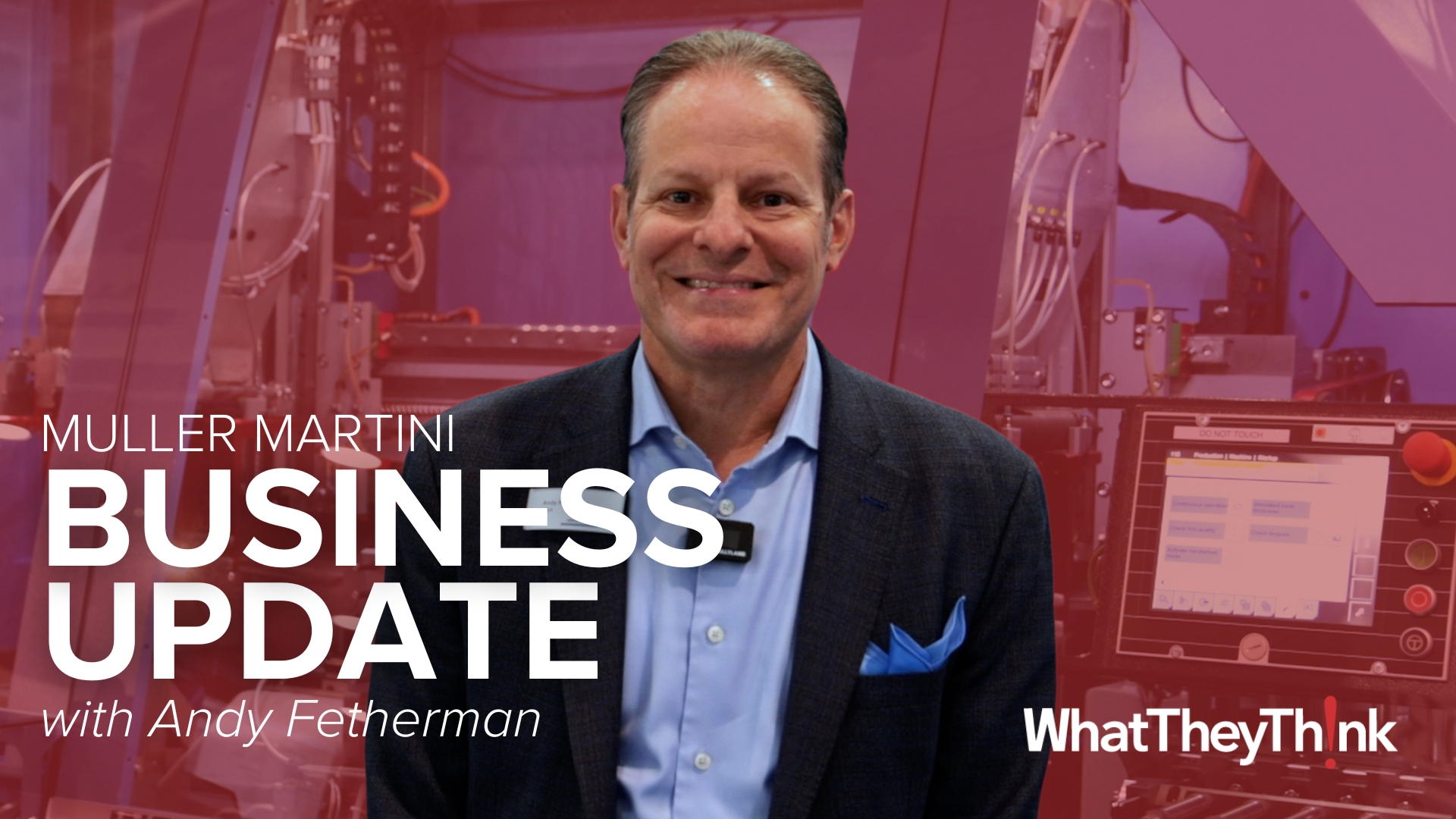
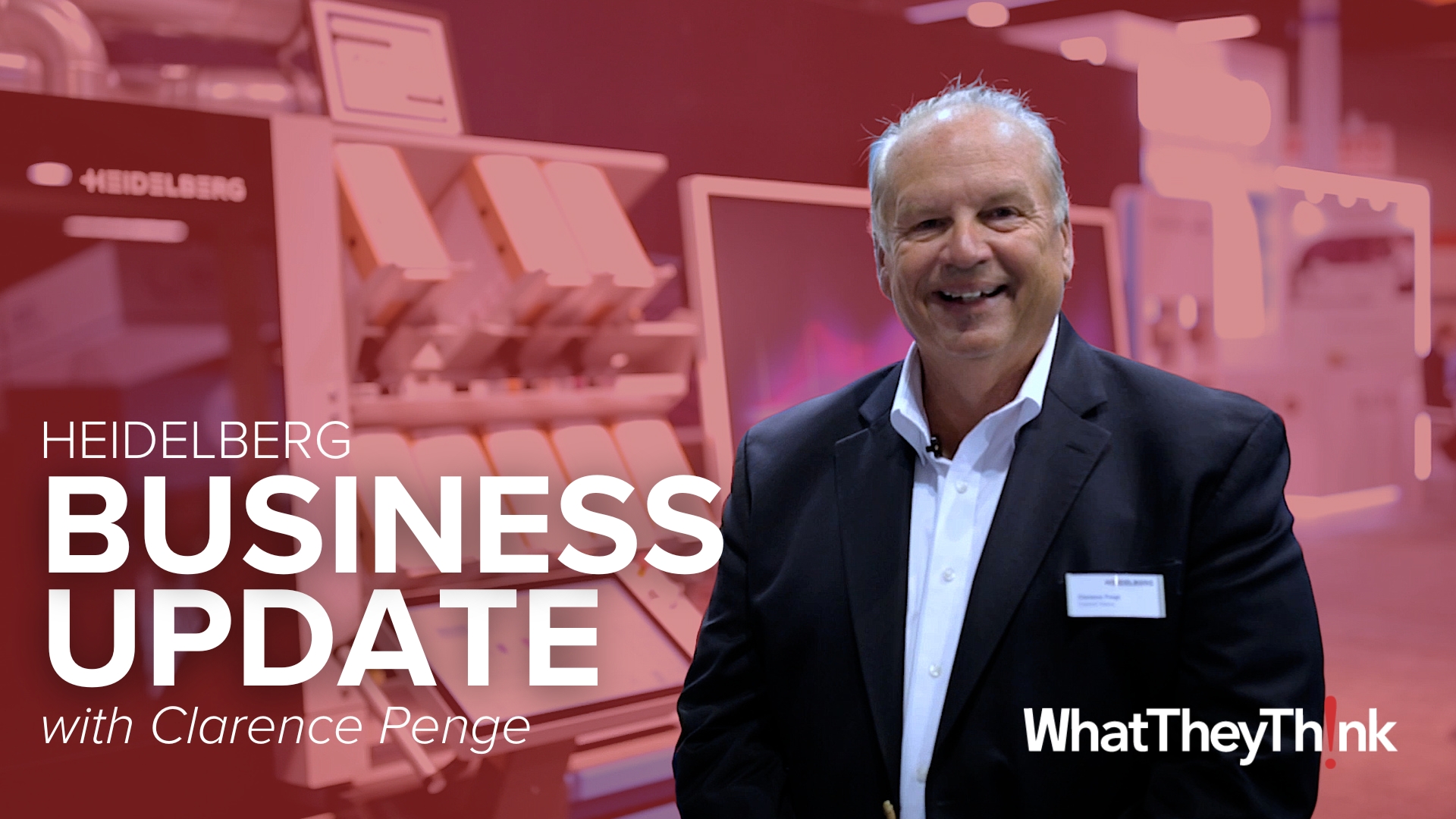
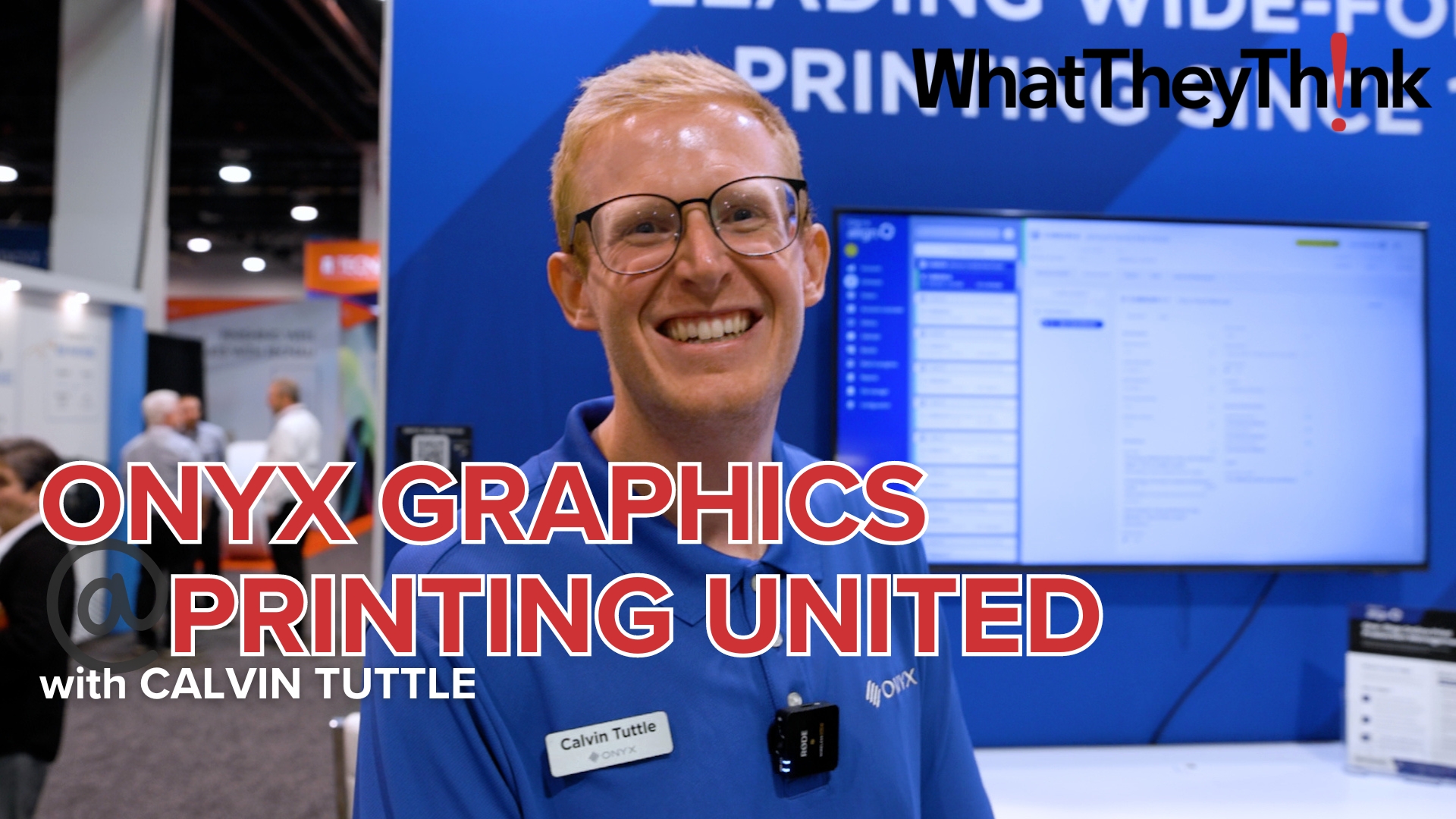
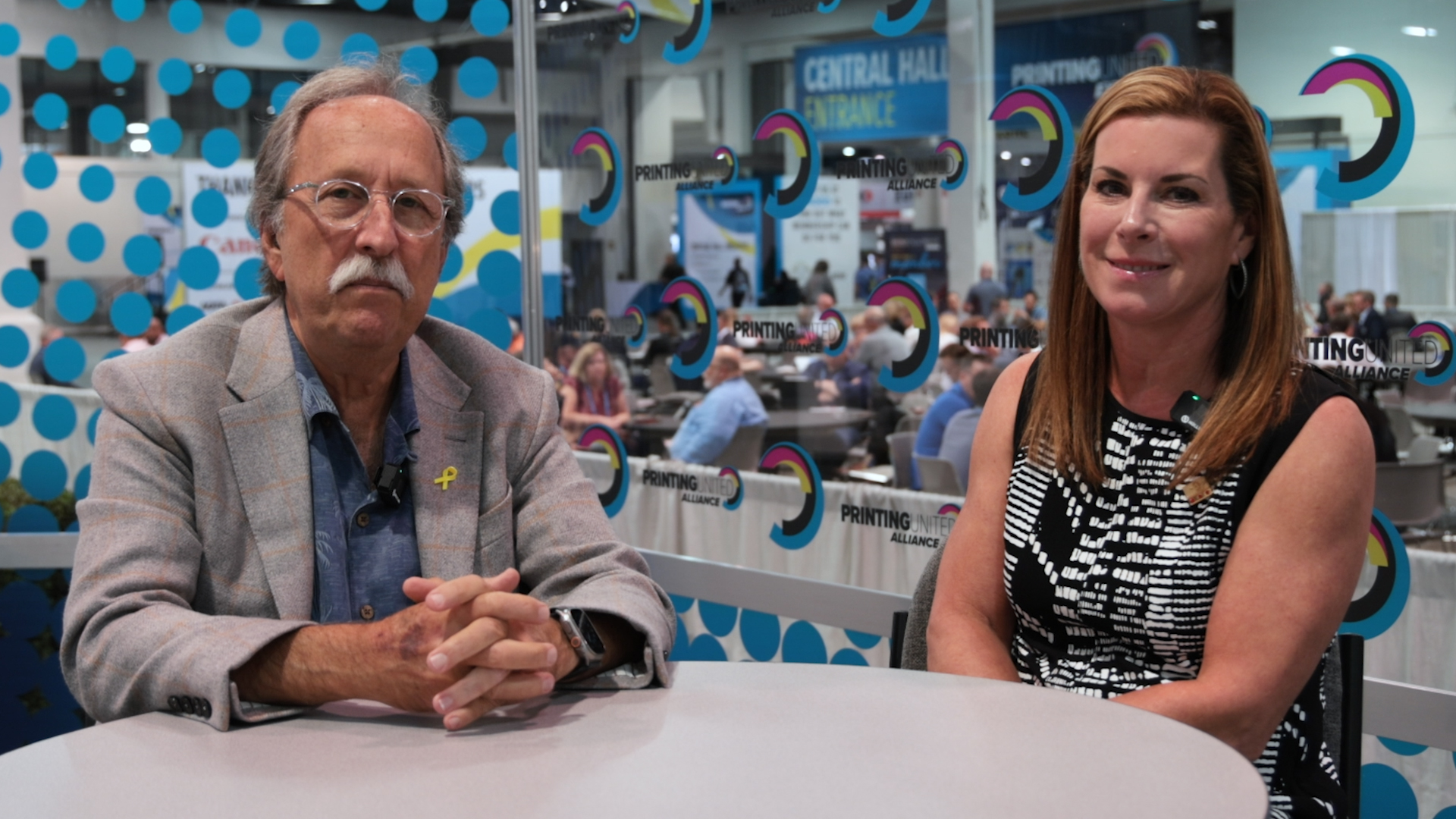


Discussion
Only verified members can comment.